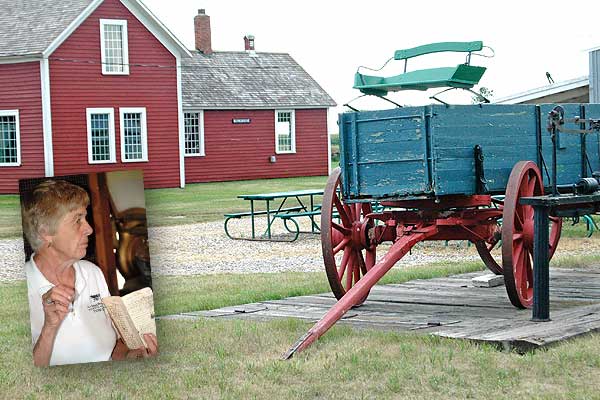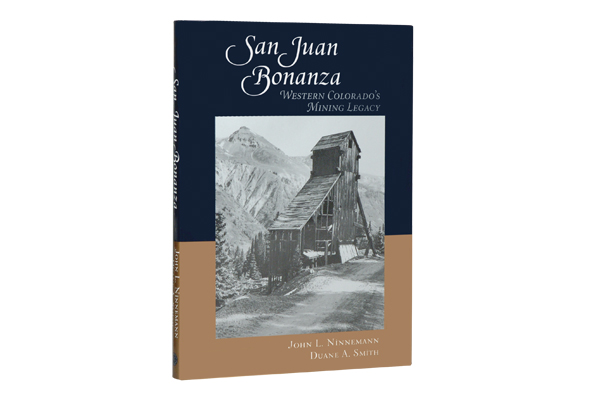 Perhaps the greatest example in the Old West of making lemonade out of lemons is what happened in Dakota Territory in the 1870s.
Perhaps the greatest example in the Old West of making lemonade out of lemons is what happened in Dakota Territory in the 1870s.
That’s when the Northern Pacific Railway, planned from Minnesota to the Pacific Ocean, got to Dakota and financially collapsed, leaving investors holding worthless railroad bonds. But the federal government had given land grants to promote the railroad, so investors swapped their bonds for that land, selling it off to Easterners who envisioned farms.
But not just any farm—not like the 160- to 320-acre farms that already dotted the flat, rich Red River Valley of the North—but the largest cultivated farms in the world, ranging from 3,000 to as large as 200,000 acres. They were called “Bonanza Farms.”
Dakota Territory would eventually have 91 of these megafarms. They used modern farming techniques and equipment, employed thousands of migrant workers and were enormously profitable when wheat prices were high. They were among America’s first corporate farms.
All that would be only a footnote in a history book if not for Virginia Goerger. For nearly 30 years, she has been a driving force behind saving the home site of the Bagg Bonanza Farm near Mooreton in southeastern North Dakota.
In its heyday, the Bagg farm included a 12-acre home site with over two dozen buildings and some 7,000 acres planted with wheat. Besides field hands, the farm employed local girls to cook three square meals a day and keep the place clean—including a teenager named Magdalena Schlener who became the maternal grandmother of this columnist.
Frederick A. Bagg first came to Dakota Territory in the mid-1880s to work on his uncle’s Downing farm. After his uncle died in 1913, Bagg inherited one-fourth of the 6,000-acre farm. He moved his share of the buildings and equipment a mile away to land he had bought to start his own farm.
Today, the restored home site and 21 buildings are open for visitors. Although other properties linked to the era exist, the Bagg farm is the only bonanza farm historically true to era. The Main House is the former bunkhouse built in 1882. Its 20 rooms not only housed the Bagg family, including six children, but also the farm’s employees. The Foreman’s House is now a country store. The blacksmith shop is still a blacksmith shop.
In the late 1980s, Bagg’s last living daughter, Ella, asked neighbors and friends for help in saving the deteriorating farm. A freelance photographer, Goerger took photos of the farm and displayed them in a slide show to raise money for the restoration. She never left.
In 2005, the Bagg Bonanza Farm was designated a National Historic Landmark. Strangely, this restored farm may end up existing longer than the Bonanza Farms themselves—their size worked against them in hard times, making their losses overwhelming. Besides, the drifters they attracted upset locals. By the 1930s, the Bonanza Farms were no more.
But these farms did not revert back to the lemons that had started it all. The land, broken up into smaller farms, was so rich, it became the nation’s breadbasket. Most of that land is still farmed to this day.
Jana Bommersbach has been Arizona’s Journalist of the Year and has won an Emmy and two Lifetime Achievement Awards. She also appeared on the Emmy-winning Outrageous Arizona and is the author of two nationally-acclaimed true crime books and a children’s book.






